When you first learned how to ride a bike, you probably weren’t concerned with all the bike’s parts, the available accessories, or the tricks and techniques professional riders used. You just needed to know when you could ride, where you could go, and how to use your new bike to get there. After all, you had stuff to do; there were places to explore and friends to see!
Getting your first bike is not unlike using a new system. There’s a lot you could learn about the new technology, but your objectives remain the same: you still need to get your job done. When we got our bikes, we weren’t learning backflips and BMX tricks; we were moving faster down familiar streets. We were taught just enough to take advantage of this new tool. Another term for this is targeted, role-based training. You need to learn what it takes to do your job. Everything else is superfluous. It should be the same with any new technology implementation.
Too often, companies implement technology on top of their existing processes and then offer general system functionality training. They expect everything to fall in place just because users have that new tool. I’ve already written a few other posts about making the case for new technology, and how training for that technology must be customized, but I want to explore the problems with this one-size-fits-all approach.
First, not everyone uses a new system in the same way. It’s grossly inefficient to teach all forty features to someone who needs to use only four, another who uses a different six, and so on. It’s costly, not to mention boring, frustrating and counterproductive for those learners. You can save time, money, and sanity by providing just enough training instead of way too much.
Second, system functionality training often exists in a vacuum, with no context for the greater process. Your learners don’t just need to know HOW to do something, they need to know WHEN and WHY. It’s overwhelming to have all that information thrown at you without knowing how it helps you do your job and deliver outcomes for your team or your company. And, for example, if something breaks upstream and people aren’t familiar enough with the new handoffs and overall process, they can’t adjust and correct.
Lastly, system functionality is a dry topic. There aren’t a lot of ways to make it interesting and interactive. But if you teach the system in the context of the greater process, you can craft a story around this new journey. This is essential — if the training isn’t engaging, your learners will struggle to retain their new skills. They might end up with harder jobs than they had before. Change is already hard; we don’t want people frustrated with a new tool when it’s supposed to make life easier.
Instead of teaching general system functionality, you should be providing targeted training for each role in the context of the greater process, which creates a storyline to engage your learners.
It starts by identifying who is affected by the technology change and how much. Where do your processes change? What does each person need to know to keep the ball rolling? Be thoughtful during your analysis: some people might have the same job titles but do vastly different tasks using the new system. Likewise, people in different departments might have similar roles within the system. Make sure you accurately capture your audience, so they receive the proper training.
Once you have new processes, roles, and responsibilities figured out, you can develop an efficient, holistic curriculum that helps your learners achieve their daily objectives. With that in place, any new technology should feel just like riding a bike.




